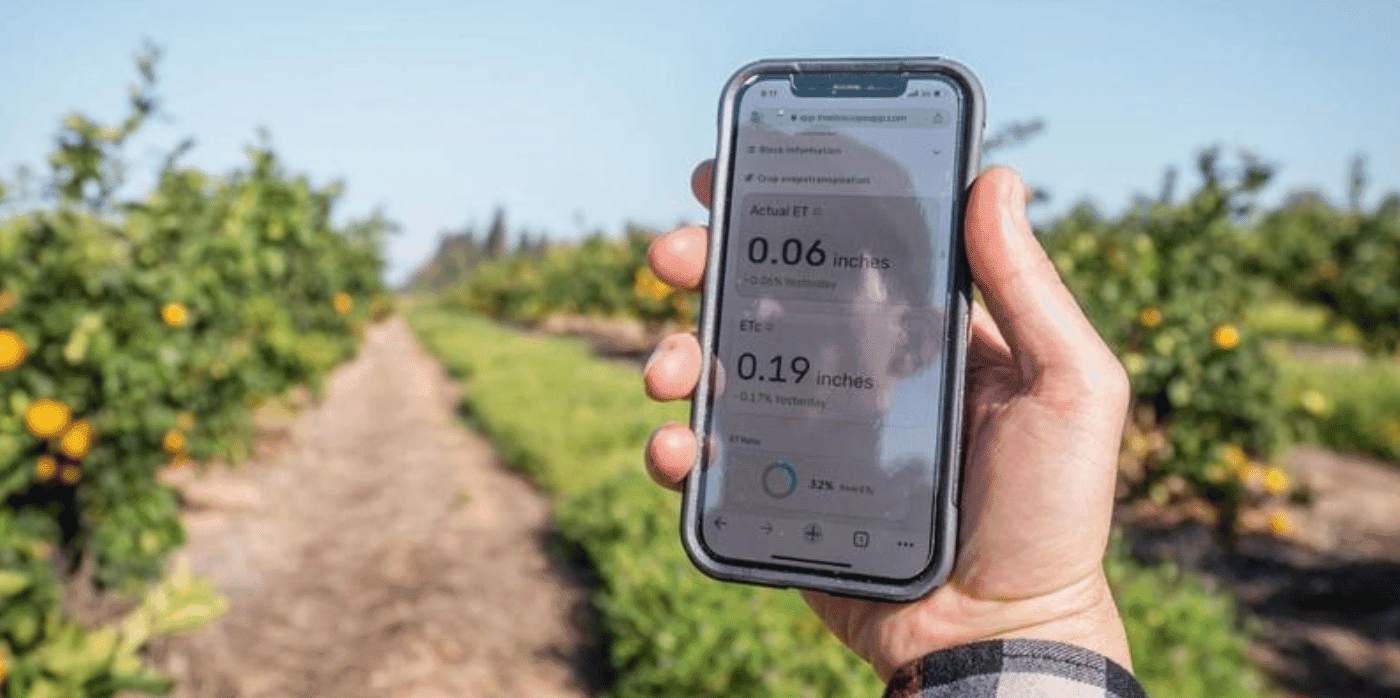Sap flow sensors for smart water use

Spotted: Agriculture production is both the largest user of water worldwide, and a major water polluter. According to the Organisation for Economic Co-operation and Development, climate-change-induced water shortages are expected to become more frequent. In addition, farmers in many regions are facing increasing competition for water due to rising urban population density and rapid growth of the energy and industry sectors.
One way to help farmers reduce water use, as well as water pollution, is to use only as much water as each plant needs, avoiding runoff and excess usage. To make this a reality, startup Treetoscope has developed a platform that integrates AI, weather data, satellite imagery, and other remote sensing technologies to provide real-time sap and water uptake data.
Treetoscope’s sensor uses a heat dissipation model to measure the movement of water (sap flow) within the xylem of trees and vines. The sensor detects the distortion of the heat field around the probe, which is directly related to the velocity of water movement. The irrigation management platform is unique and integrates with other weather data to provide growers with insights into irrigation management.
In September last year, the company announced additional investments to its latest seed funding round, bringing the total raised in this round to over $7 million (around €6.5 million), and total investments of $10 million (around €9.3 million), including grants from the Israel Innovation Authority and the Bird Foundation. The funds will be used for research and development and speeding up the expansion across North America and beyond.
Reducing water use in agriculture is also the subject of innovations such as seeds that are more resilient to water scarcity and AI-driven irrigation.
Written By: Lisa Magloff







